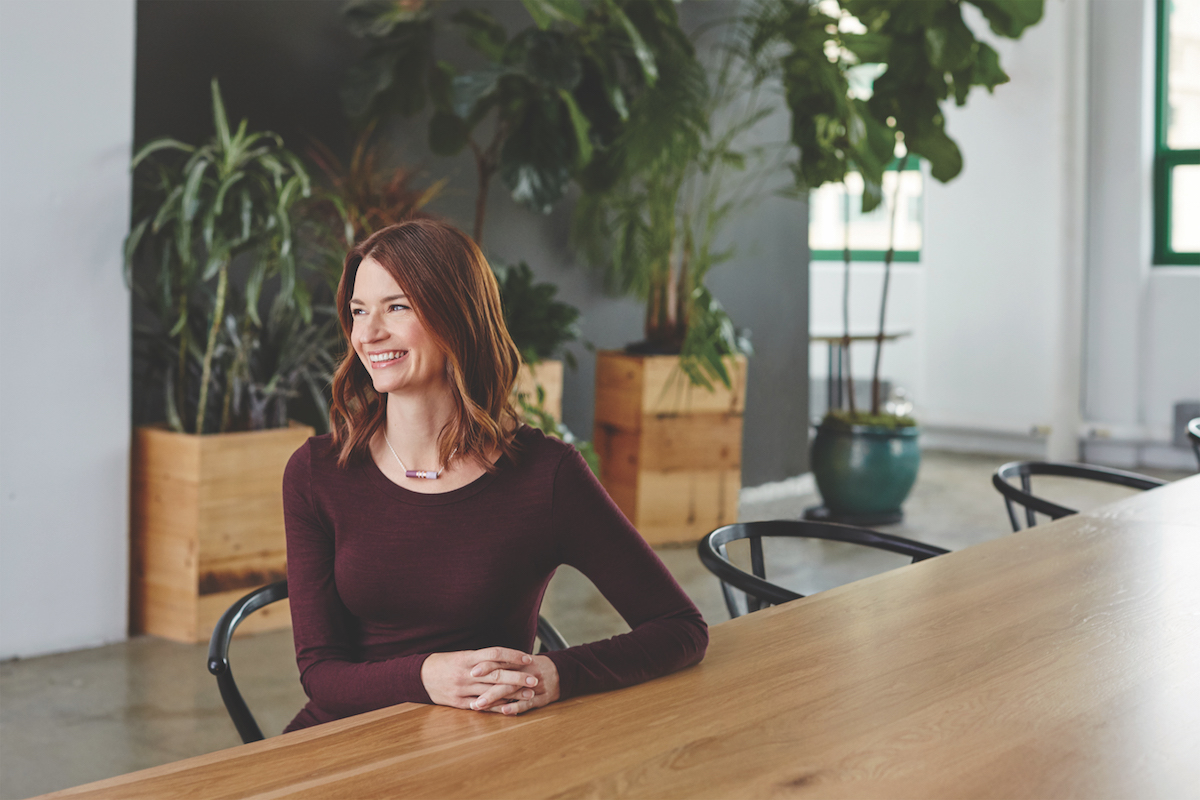
And it changes the dynamic of a food consumption. It is actually about getting better quality, better value, more variety, healthier options.'" All of those things can come through meal kits. It isn’t about, ‘I’m too lazy to go to the grocery store. And when you think about that, there’s a little bit of a negative connotation of, “I’m too lazy to go to the grocery store.” And the pandemic did change that, because as people started trying meal kits, all of a sudden the entire industry started growing. Q: What keeps potential customers from trying meal kits?Ī: I think that early on, the assumption was that meal kits were really just about convenience. But if you live in the middle of rural North Carolina, where I grew up, you might have plenty of room but your grocery store might be 20 minutes away and it’s probably only going to have part of what you’re looking for anyway. So if you’re in Manhattan, like I am, and you have a tiny kitchen, then you don’t have to keep a bunch of food around. We have a very wide swath of the U.S., in metro areas but also in rural areas, for every different reasons. We also see a rise in singles using meal kits and empty nesters. Q: Who is the typical Blue Apron customer?Ī: We do tend to see a lot of two-income couples or dual-income couples with very young kids.

She has also led operations at Evernote and was head of global marketing for Chinese e-commerce giant .įindley discussed Blue Apron with The Associated Press. Blue Apron’s customer base has fallen from its early pandemic highs, but those who remain are ordering more and spending more per order.įindley joined Blue Apron in 2019 from Etsy, where she was chief operating officer.


 0 kommentar(er)
0 kommentar(er)
